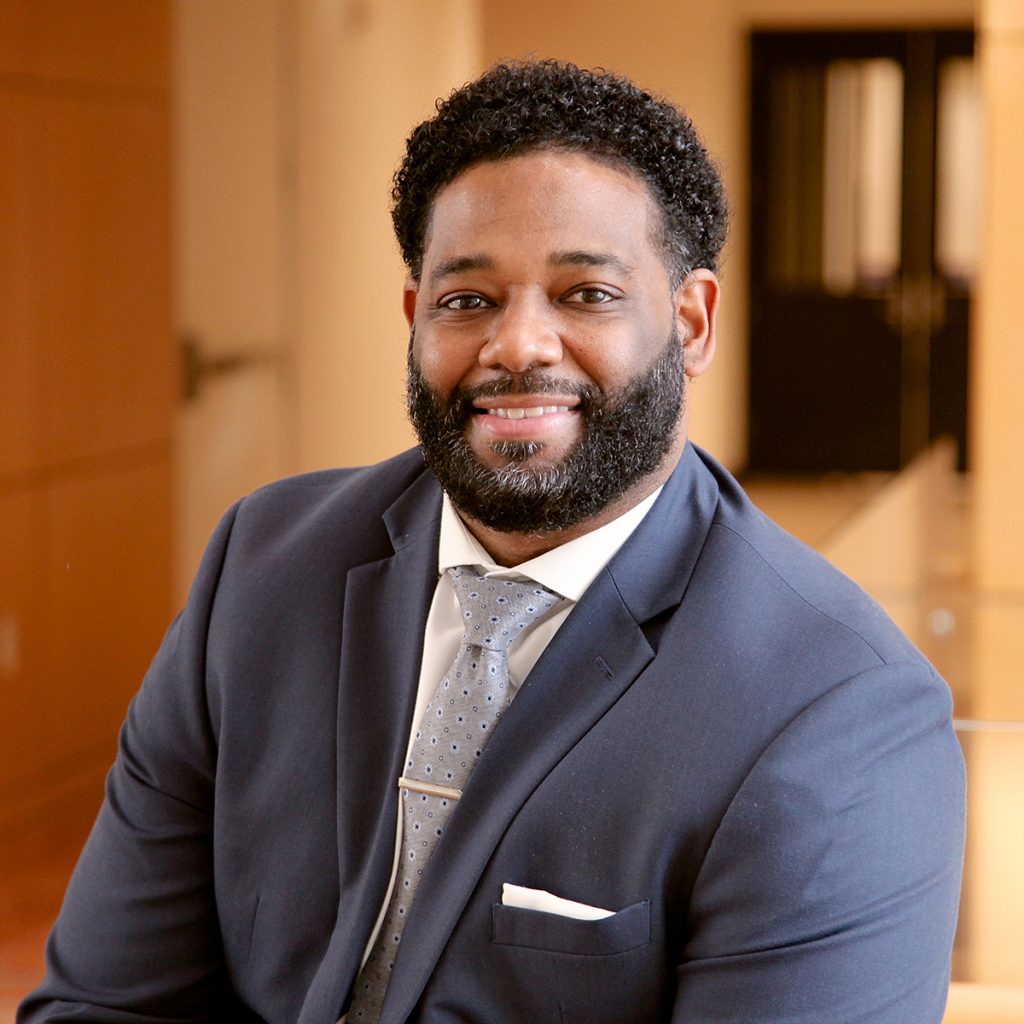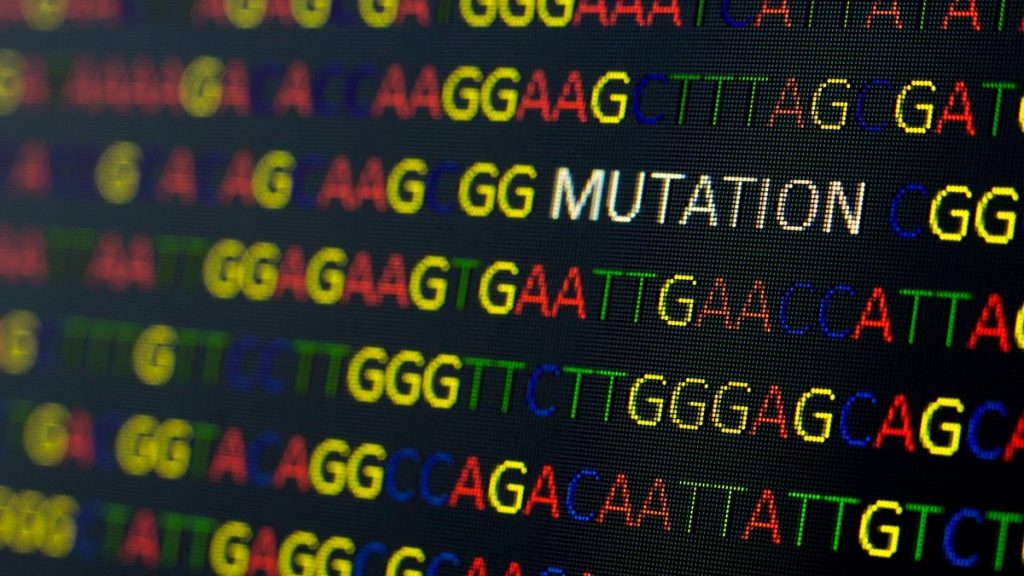As a pediatric occupational therapist in Florence, Ala., Miranda Ainsworth spends her days working with children with special needs. So when her daughter Anna Brooke was only a few months old, Miranda already could sense there was a problem. But not everyone shared those concerns.
“Doing what I do and treating children is kind of a catch-22,” Miranda explained. “Some people would say it’s so good that you have experience with children and you know what to look for. Others would say you’re just reading too much into things.”
Miranda was not overreacting—her mother’s intuition was correct. But while she knew something was wrong, she didn’t know she was about to spend the next eight years searching for a diagnosis for her little girl.
The first diagnosis
Early on, Miranda and her husband David noticed things that were different about Anna Brooke, like how strong she was as a baby. “I remember my mom saying wow, she can hold her head up so well!” said Miranda. “But she wasn’t supposed to be able to hold her head up that well this early.”
When Anna Brooke was nine months old, other problems manifested. She was missing developmental milestones. Her pediatrician sent her to a neurologist, who recommended an MRI to search for answers. But the family’s pediatrician didn’t think the test was necessary.
“That was really hard and I think parents go through similar situations, when they’re trying to figure out what’s going on with their child and getting different opinions and just really not knowing which direction to go. But we wanted to be more aggressive so we went forward with the MRI,” Miranda recalled.
As a result, Anna Brooke was diagnosed with microcephaly, a rare neurological condition in which an infant’s head is significantly smaller than average and thickening in her white matter. Although it explained some of the problems she was having, it did not explain all her symptoms. At three, she was still lagging in her speech development, and her mom noticed her pinky fingers were abnormally smaller than her other fingers.
“For her four-year-old checkup, we met with her pediatrician and I wanted to talk to him about her pinky fingers because that seemed more genetic. I knew that there were a lot of genetic conditions where the pinky fingers are smaller and kind of curved. He walked in the room and we were just on the same page that day.”
An intellectual disability?
He recommended they go see Edward Lose, MD, a clinical geneticist on the faculty in the University of Alabama at Birmingham (UAB) School of Medicine Department of Genetics, and the primary clinical geneticist at the Children’s of Alabama North Alabama Children’s Specialists (NACS) office.
“When we went through the testing the first very time, nothing came up,” said Miranda, “so Dr. Lose said we needed to get her another MRI and he wanted us to go to Dr. Bebin.”
Martina Bebin, MD, is a pediatric neurologist with a special interest in genetic conditions that cause intellectual disability and/or epilepsy and professor of neurology and pediatrics at UAB. She sees patients at NACS in Huntsville.
Dr. Bebin did an MRI on Anna Brooke, now five years old, but nothing new turned up. The test also did not reveal that Anna Brooke was microcephalic. By this time, Anna Brooke had started kindergarten and Miranda felt under pressure from the school for a definitive diagnosis.
“I was a little frustrated at that point. Because when it comes to school, you have to have a better diagnosis than just developmental delay. The teachers told me if I didn’t get a better diagnosis, they would probably have to label her as intellectual disability,” said Miranda. “And I said well how do you know it’s an intellectual disability? I didn’t want that to follow her. It could be me being a mom in denial, but I did not want that to follow her.”
The first CSER patient
Although she still did not have a diagnosis, Bebin was confident that Anna Brooke had a genetic condition, so she offered the family the chance to be a part of a brand new genomics project called CSER (Clinical Sequencing Exploratory Research) at the HudsonAlpha Institute for Biotechnology.
“CSER is a project that we have here at HudsonAlpha where our goal is to diagnose children who have unexplained neurological conditions,” said Greg Cooper, PhD, faculty investigator at HudsonAlpha. “We use whole genome sequencing, which is essentially looking at every piece of a child’s genetic code. What we often find is that children that have these sorts of conditions will have a cause rooted in their DNA that contributes to the challenges that they might be dealing with.”
Patients are referred through Dr. Bebin’s office, and the clinicians and scientists collaborate to find answers for patients.
Anna Brooke was their first patient.
Her blood was drawn, the sequencing done and then Dr. Cooper’s team analyzed Anna Brooke’s genome.
“I guess it was about 6-8 months before we got received the news. We were called back back into the office to talk to them and nothing came back,” said Miranda. “It was devastating and our thought was where do we go from here? This is the Cadillac of genetic testing so does this mean there’s nothing?”
The human genome contains three billion pieces of information. Researchers are learning more about those pieces of information every day, but there are still many unknowns. That also means that even though the first look at Anna Brooke’s genome didn’t turn up an answer… Dr. Cooper’s team kept searching.
Finally, a diagnosis
Miranda had nearly given up. But then…
“In February, we got a phone call out of the blue from Dr. Bebin’s office. We thought this genetics thing was put to rest, but they said they ran her blood work through again and found something.”
With mixed emotions, the family returned to Dr. Bebin’s office. What if this was yet another diagnosis that only explained a fraction of Anna Brooke’s problems?
Instead, they had the answers they’d been seeking for eight years.
“They found that a specific gene had a mutation that correlates with Cornelia de Lange syndrome. We were thrilled! It explained everything, to the small finger, the communication difficulties, and even looking back at birth, the feeding trouble. It was a surprise and a relief to know that all of our concerns were justified.”
Cornelia de Lange syndrome or CDL, is a rare genetic developmental disorder that affects many parts of the body. The features of this disorder vary widely among affected individuals and range from relatively mild to severe.
“Looking back, it would have been difficult to diagnose her condition without whole genome sequencing because she doesn’t fit the textbook case,” explained Dr. Bebin.
“There are a lot of families that go through the study, and then they come back months later and we don’t have an answer,” said Kevin Bowling, PhD, a senior scientist in Greg Cooper’s lab.
“But we’re learning more information so what we’re doing is trying to go back through every family that didn’t get a result previously, and do reanalysis using the most up-to-date pipeline, the most up-to-date tools and the most up-to-date literature. By doing that, we were able to go back and re-analyze her case and that’s when we were able to find the diagnosis.”
Anna Brooke is now 9 years old and is learning to read, write and communicate with others. She spends a lot of time at Stepping Stone Pediatric Therapy, a clinic that Miranda and David opened shortly after they moved to Florence in hopes of helping other children with special needs.
“In our exit interview, I bet they were thinking we were the happiest parents ever interviewed after getting a diagnosis like this,” said Miranda. “We were just glad to get answers. We can deal with whatever, but to get an answer that puts it all together, this is what we needed. We needed that for our family.”
CSER has provided answers to more than 100 children and families in the Huntsville community and now in its fourth year, the program has expanded beyond North Alabama.
“It’s exciting to see how you can implement this state-of-the-art medical technology at the community level,” said Bebin. “We try to make it as easy as possible for families and I think the CSER program illustrates that this kind of testing and the team approach can be done outside a tertiary medical center.”
“I never dreamed ten years ago that we’d be using genetics on a daily basis and actually be doing something that not only was contributing to our general knowledge about how genetics shapes our health, but in fact contributes in a very direct way a particular person or particular family,” said Cooper. “It’s very gratifying to make these kind of discoveries and it’s also motivation to work harder.”
To learn more about CSER, visit https://cser-consortium.org/projects.
The HudsonAlpha CSER project is funded through NIH grant UM1HG007301.
If you, or someone you know is interested in participating in the CSER project, contact North Alabama Children’s Specialists: 256-533-0833 extension 216.
Miranda tells the full story of finding a diagnosis in the following video featuring Greg Cooper and Martina Bebin.



